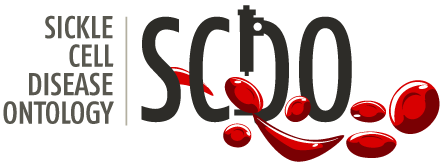The term “ontology” originates from Philosophy, where an ontology is defined as a systematic account of existence. An ontology “defines a formal/standardized common vocabulary and relations that exist in a domain”, and is used to provide an unambiguous means of communication between humans and computers. They can also be used to standardise communication between various individuals.
An ontology has a hierarchical structure, and it’s made up of classes, properties, attributes, slots and facets which are described below.
Class: Classes in an ontology can be organised into a taxonomy. Classes are also known as concepts, sets or collection of objects and groups.
Attributes/Properties: Used to describe classes, attributes have a name and a value and are used to store information that is specific to the object/class.
Relations: These connect two concepts or an object to a property. These include “is-super class-of, is-subclass-of” to show hierachies etc. The is-a relationship creates hierarchical taxonomy, a tree like structure that clearly shows how objects are related to each other. Another type of relation is “part-of”, which represents how objects are combined to form composite objects.
Slot/Instance/Individual/Case: These can be concrete items or abstract. Concrete objects could include animals, body parts, genes, molecules, and wines. Abstract slots could include individuals such as numbers and words. An ontology with filled in slots turns into a knowledge management system.
Facets: Facets define the restrictions on the values that slots are allowed to have in order to convey meaningful information. For example in an ontology about patients there should not be a case/instance where a male patient is described as having pregnancy complications.
